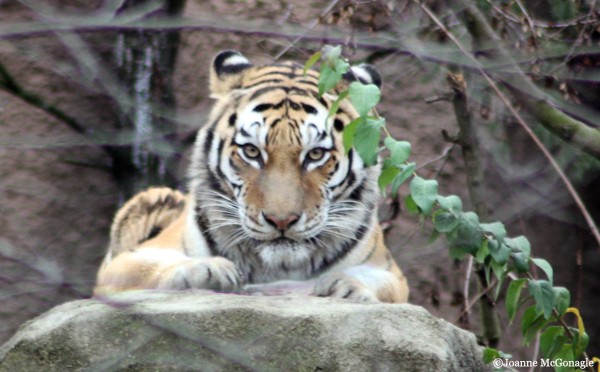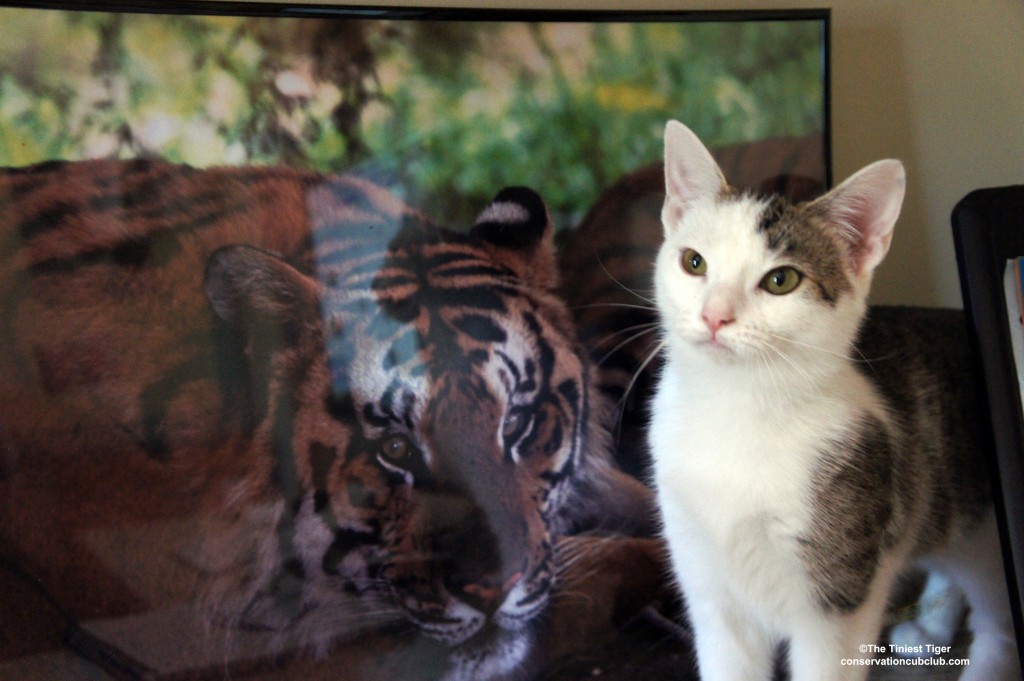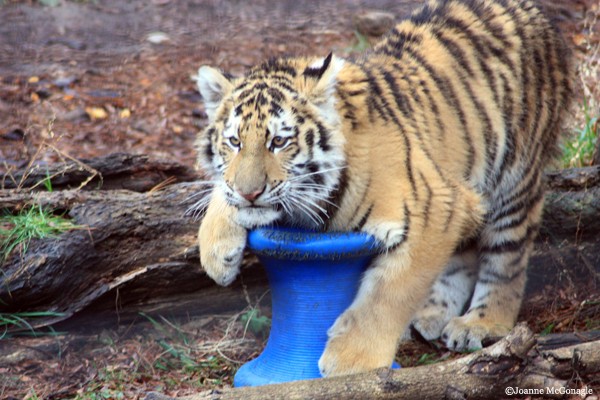
An Estimated 5,000 Captive Tigers in the US
As a friend of The Tiniest Tiger you might know there are an estimated 5,000 tigers living in the United States in backyards, roadside zoos and in private breeding facilities. Although tigers are protected under the Endangered Species Act, the law provides protection only for tigers with a defined lineage. Tigers in the Species Survival Plan have clear genetic backgrounds, meaning they are of a known remaining subspecies of tiger; Amur, Bengal, Indochinese, and the critically endangered Malayan and Sumatran.
Generic Tigers Need Protection Too
Tigers born outside a known lineage are referred to as “generic” tigers, because they are hybrids of the different tiger subspecies. This makes generic tigers useless for tiger conservation because their genetics are a “tiger soup” of varying and unknown origin. For this reason, generic tigers have been caught in a legal gray area, making it legal to buy, sell and transport the big cats across state lines, something you cannot do with Endangered Species Act listed species.
The Generic Tiger Loophole Has Been Closed
This generic tiger loophole has now been closed. The United States Fish and Wildlife Service announced that it has finalized a new rule for generic tigers. Effective May 6, all interstate commerce of generic tigers will need to be permitted or registered under the Captive-bred Wildlife Registration program.
Tiger conservationists have been asking for this action for years. More than 15,000 people, perhaps you did too, submitted public comments when Fish and Wildlife Service first proposed this back in 2011. Five years later, action had been taken.

New Regulation Will Reduce Trade in Both Captive and Wild Tigers
Most conservationists think the trade of backyard tigers increases the pressure on wild tigers because we don’t know what happens to generic tigers after they die. This lack of regulation has allowed generic tigers to end up as part of the illegal trade in tiger bones and body parts, which are used in traditional Asian medicine. If the generic tigers end up in the illegal trade, they contribute to the demand for wild tigers just as much as the products from tiger farms in China. Poached wild tigers can be traded and passed off as generic tigers.
Fish and Wildlife director Dan Ashe called the new regulations “a positive drive for tiger conservation,” reducing the trade in both captive and wild tigers. While this new rule does not prevent individuals from owning generic tigers, extending the permitting or registration requirements to all tigers strengthens the efforts in addressing the illegal wildlife trade, both domestically and internationally. Good news for tigers.

Great Article. blog post . I learned a lot from the info , Does anyone know if my company might acquire a fillable a form document to complete ?
Awesome, finally!!!
this is wonderful. on sat cbs news this am, national geo has a photographer that is going around to all of the zoos taking pictures of animals that are on the endangered species list. their are only 3 rhino’s left in the world of 1 of their subspecies. he has been doing it for 10 yrs and said it may take another 10 yrs to complete the series. many of the pictures are on the front of the nat geo mags. the zoos are the only ones that have these animals because they are no longer alive in the wild.
It is about time! Thank you for letting us know.
This is great news indeed!! I know ony the Tiger has a strong campaign on Twitter, I will Share!
This is awesome news!!